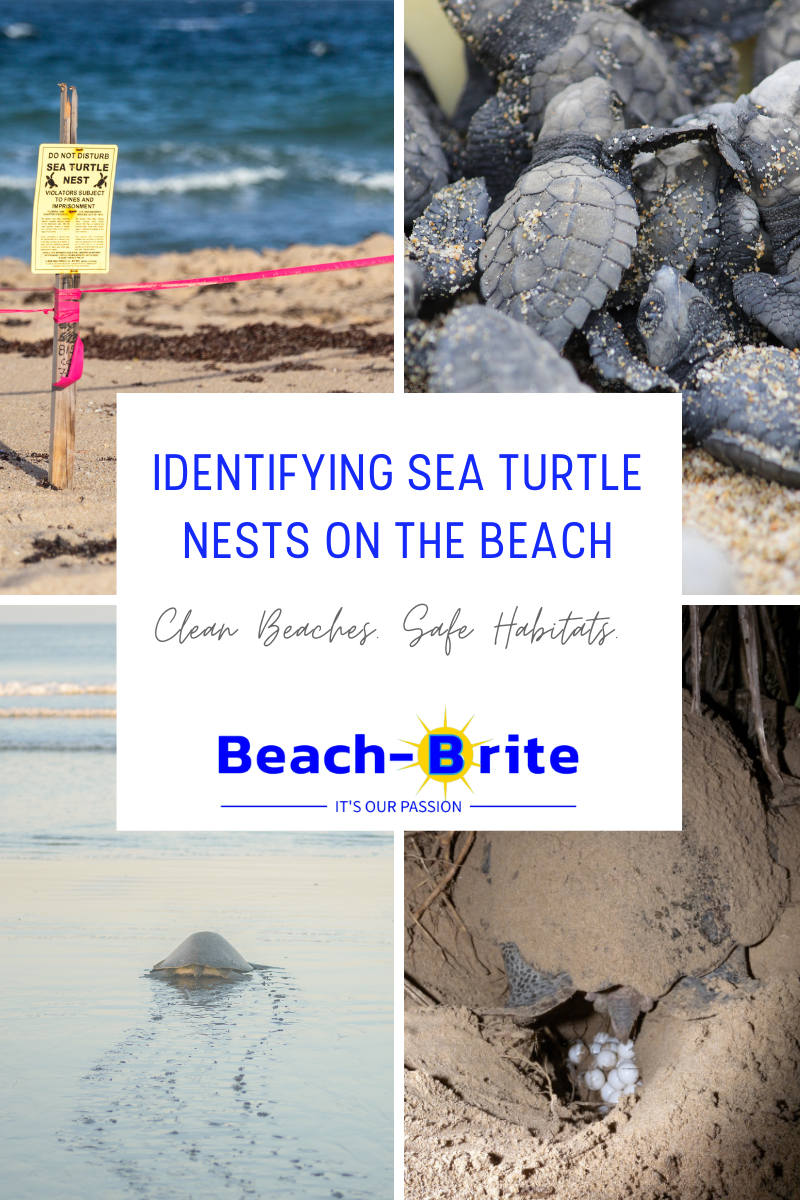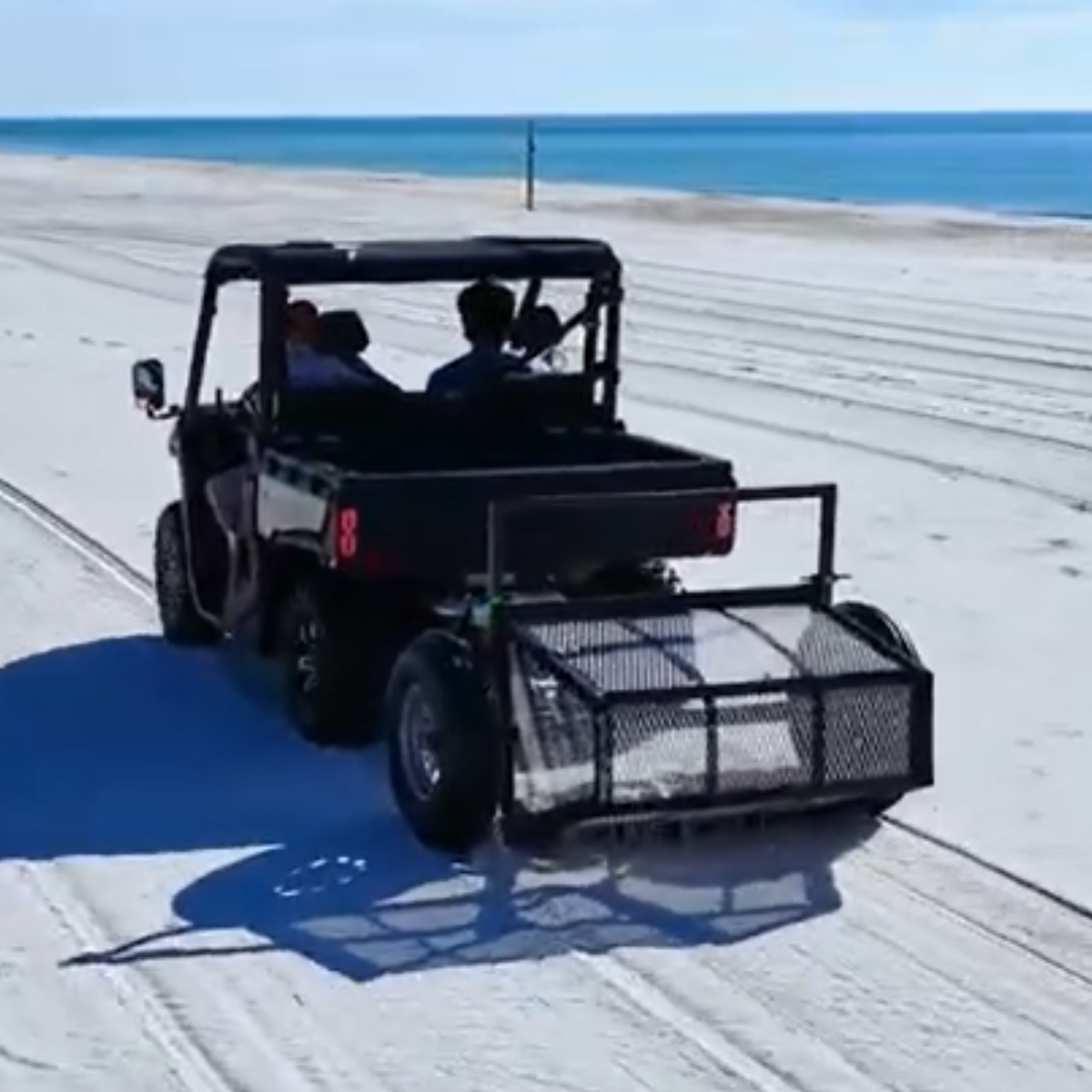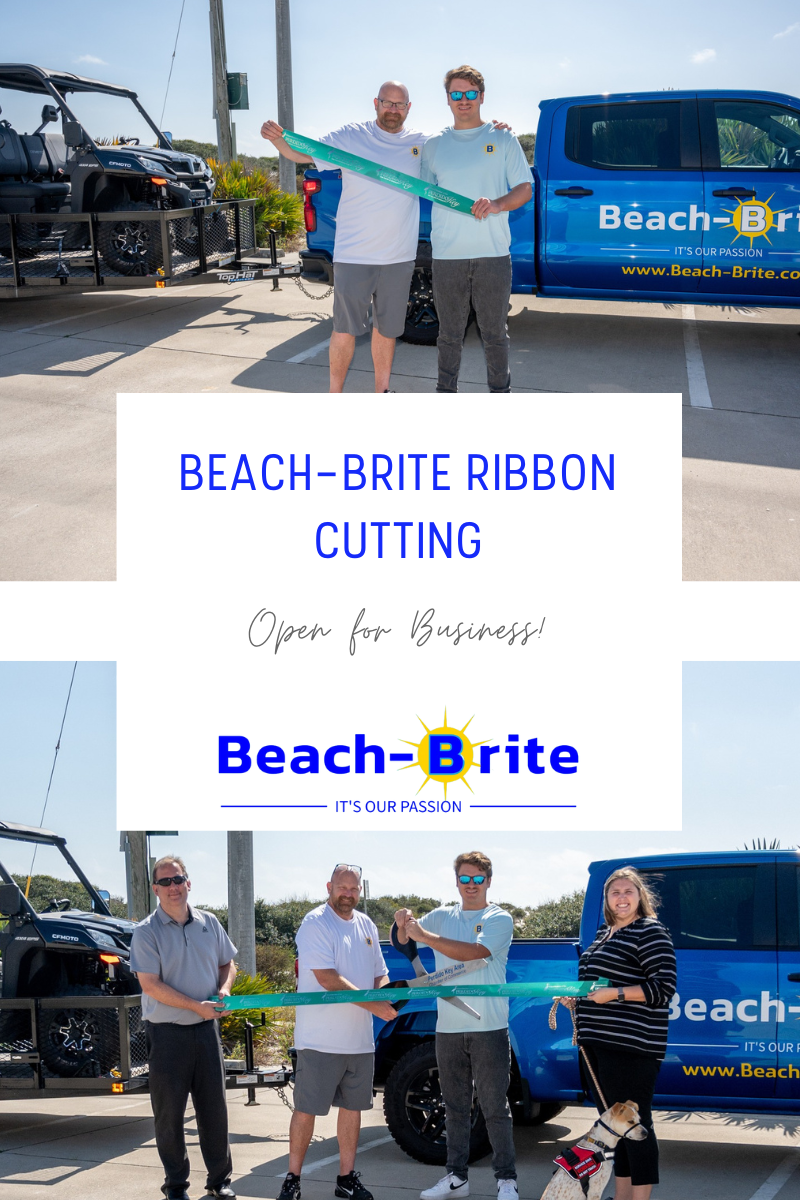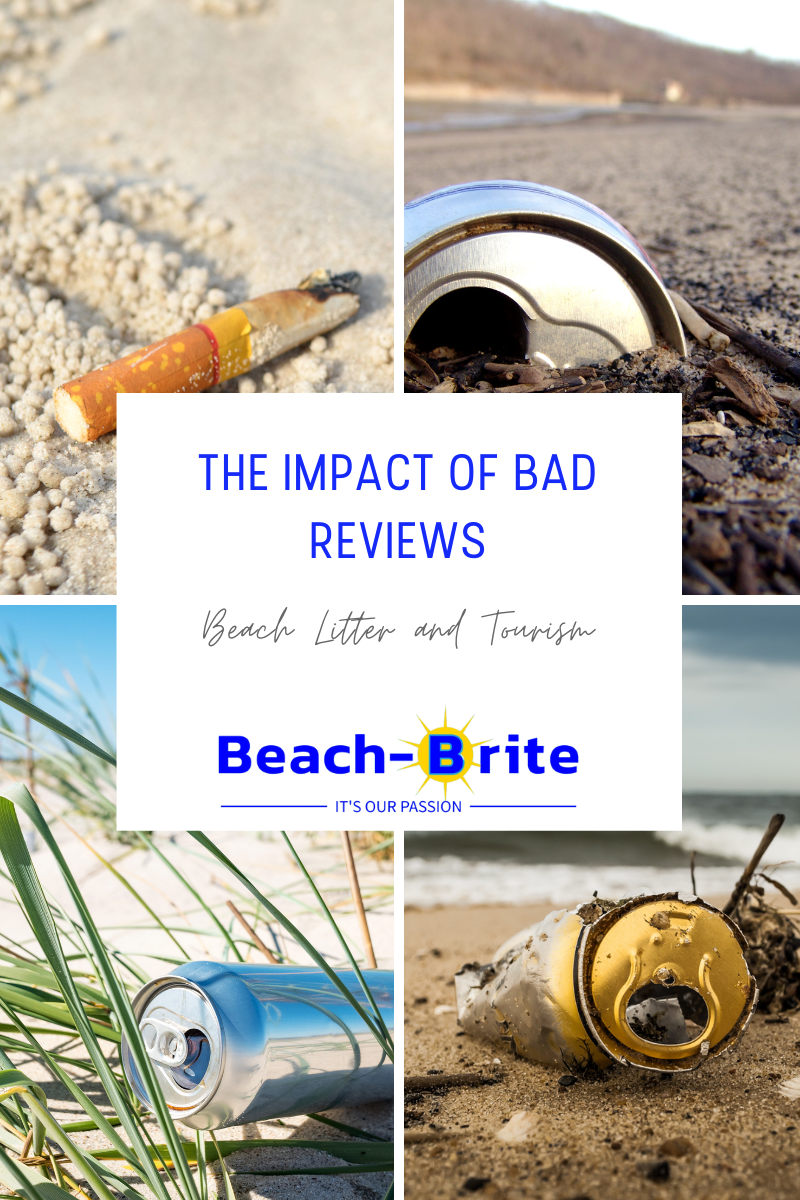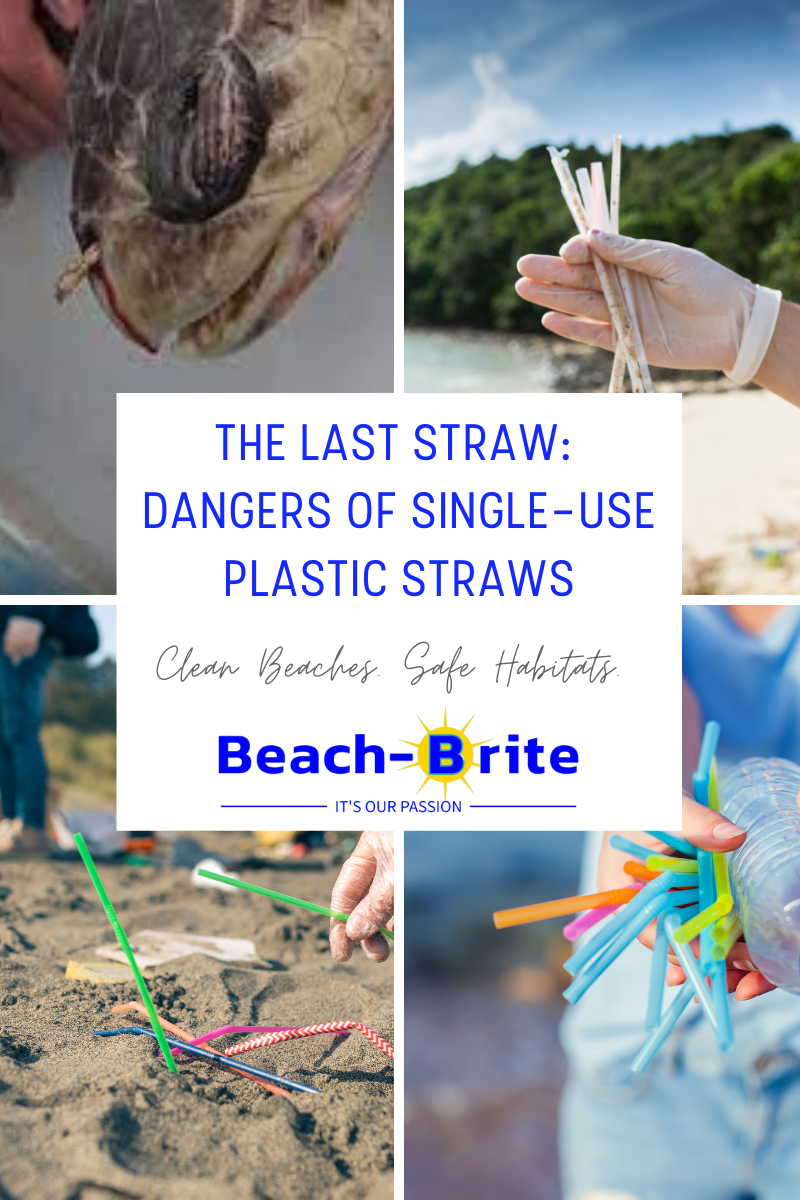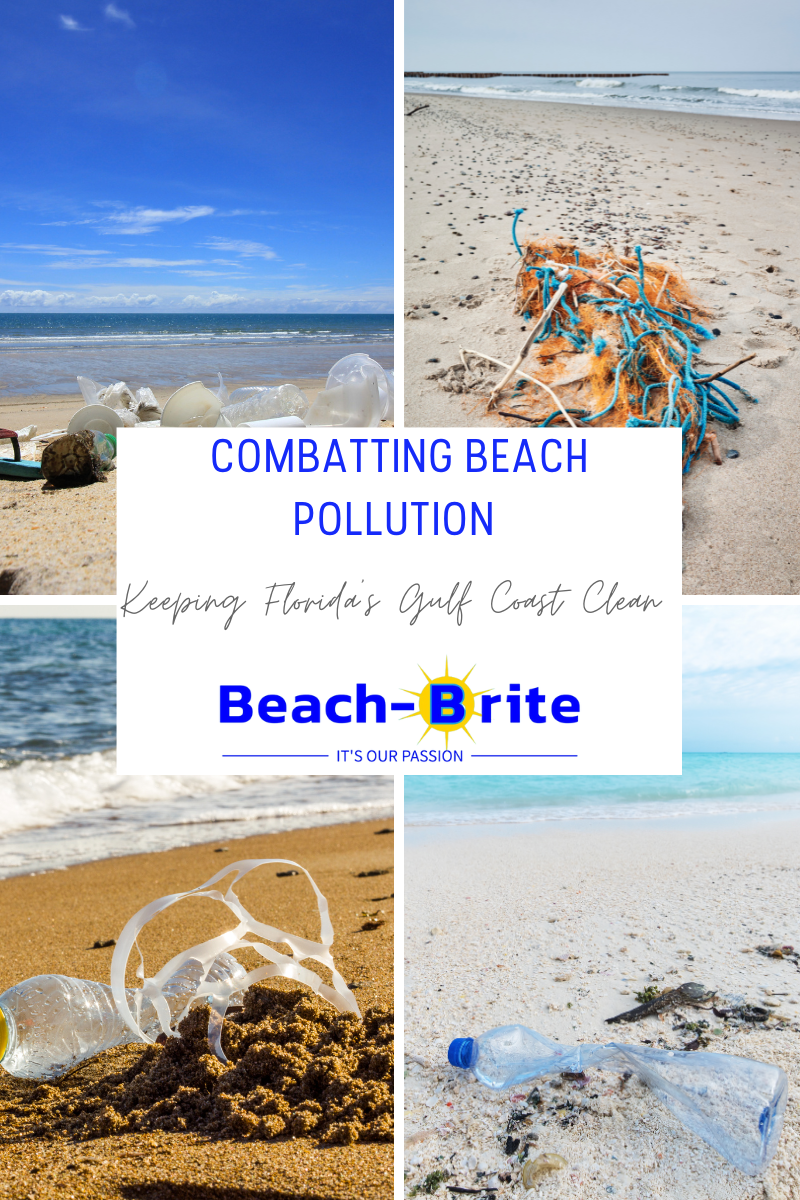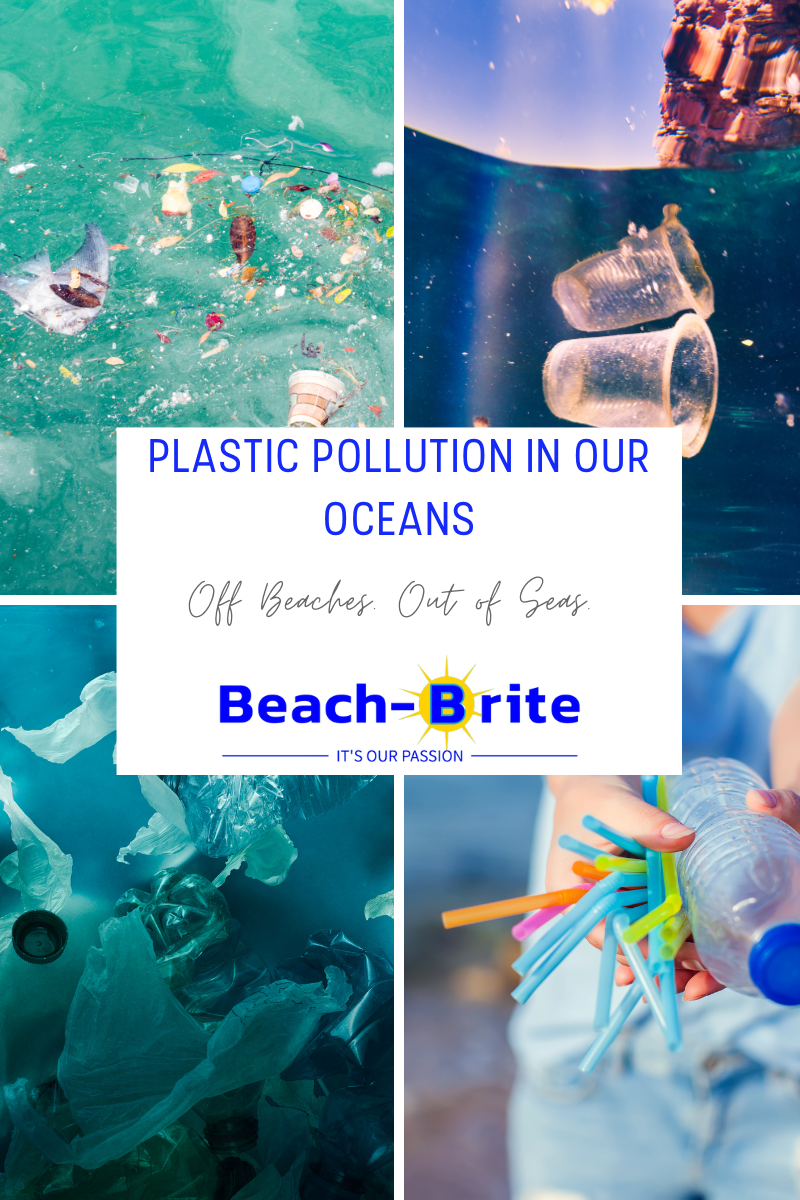
Identifying Sea Turtle Nests on the Beach
A Guide to Protecting These Precious Sites
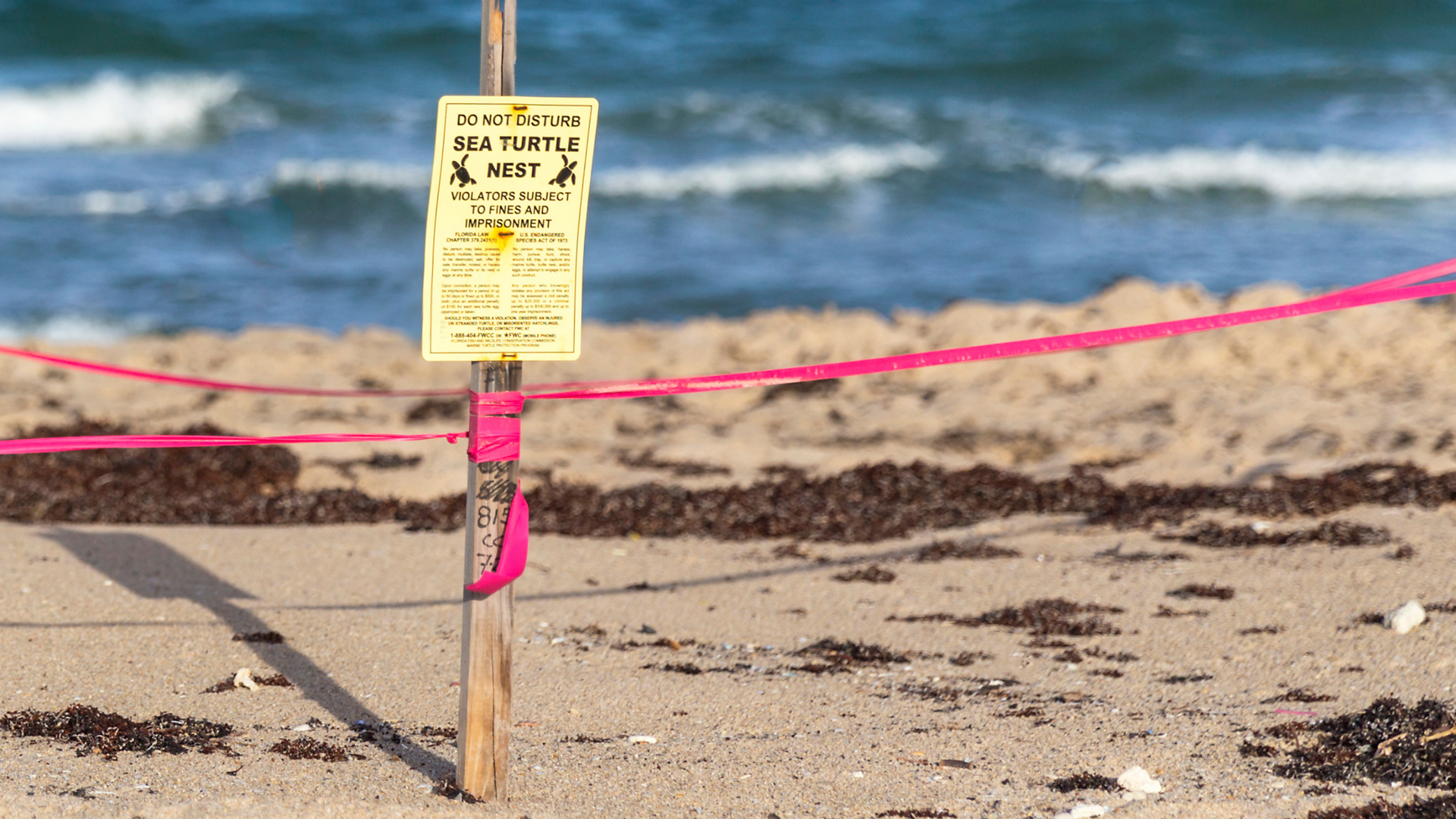
The beach is more than just sun and surf; it's also a vital nesting ground for sea turtles. These ancient, awe-inspiring creatures return to the same beaches year after year to lay their eggs. Identifying sea turtle nests on the beach is crucial for conservation efforts, as it helps protect these delicate ecosystems. Our Florida panhandle beaches are especially important to several sea turtle species. In this article, we will guide you on how to spot a sea turtle nest and what to do when you find one.
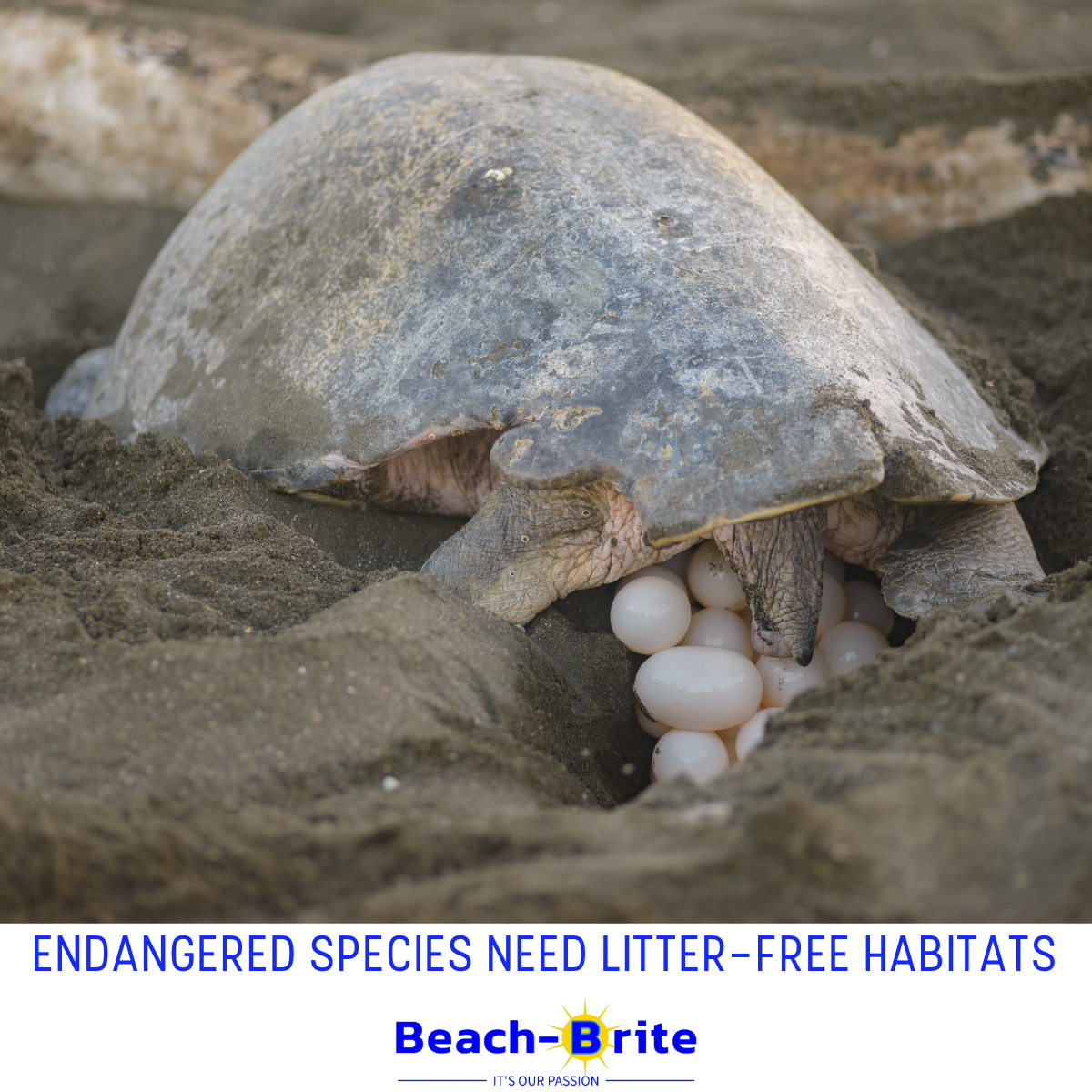
The Importance of Sea Turtle Nests
Sea turtle nests are a vital link in the life cycle of these marine reptiles. Female sea turtles, such as the loggerhead, green, leatherback, and Kemp's ridley, come ashore to dig a nest in the sand and deposit their eggs. After an incubation period, hatchlings emerge from the nest and make their way to the ocean, starting a perilous journey.
Identifying a Sea Turtle Nest
Look for Tracks
One of the most reliable signs of a sea turtle nest is the tracks left by the nesting female as she crawls from the ocean to the nesting site. These tracks resemble tire tracks and often include parallel drag marks where the turtle's flippers brushed the sand.
Nesting Site
Sea turtles usually nest above the high tide line. Look for a disturbance in the sand, which indicates where the turtle dug a nest chamber.
Eggshell Fragments
After a sea turtle nests, she carefully covers her nest with sand. Occasionally, you may find small eggshell fragments on the surface of the sand.
Nesting Season
Sea turtle nesting seasons vary by species and location. Sea turtle nesting season in Pensacola and Perdido Key, Florida is between May and October.
What to Do When You Find a Sea Turtle Nest:
Do Not Disturb
If you encounter a sea turtle nest, it is of utmost importance not to disturb it. Do not touch the eggs or the nest chamber. Keep your distance and be as unobtrusive as possible.
Protect the Nest
If you're in an area with no conservation team nearby, consider placing a barrier around the nest. This can deter predators such as raccoons and birds.
Follow Local Guidelines
If you're at a beach with an active sea turtle conservation program, follow their guidelines and reporting procedures. They may want to monitor and protect the nest themselves.
In Escambia County, morning beach patrols look for signs of a sea turtle nest. We are working with the county to ensure we only hit the beach for litter clean-up once the patrols have checked the beaches.
In the spring, our employees will be trained through the Escambia County Sea Turtle Conservation Program vendor training series. This ensures each one of our employees out there cleaning plastic pollution from Florida Gulf beaches will know how to work the beaches safely during sea turtle nesting season.
No Lights at Night
If you're on a beach known for sea turtle nesting, remember that artificial lights can disorient hatchlings. Avoid using flashlights or any artificial lighting near the nest at night.
Educate and Raise Awareness
Seeing a sea turtle nest on a Florida Gulf Coast beach is a remarkable experience, but it's also a responsibility. Take this opportunity to educate yourself and others about the importance of sea turtle conservation. Share your knowledge with fellow beachgoers to create awareness and inspire respect for these remarkable creatures.
Identifying a sea turtle nest is a thrilling encounter with one of the ocean's most magnificent creatures. By being informed and acting responsibly, you can play a vital role in the conservation of sea turtles and the preservation of their nesting habitats for generations to come.
